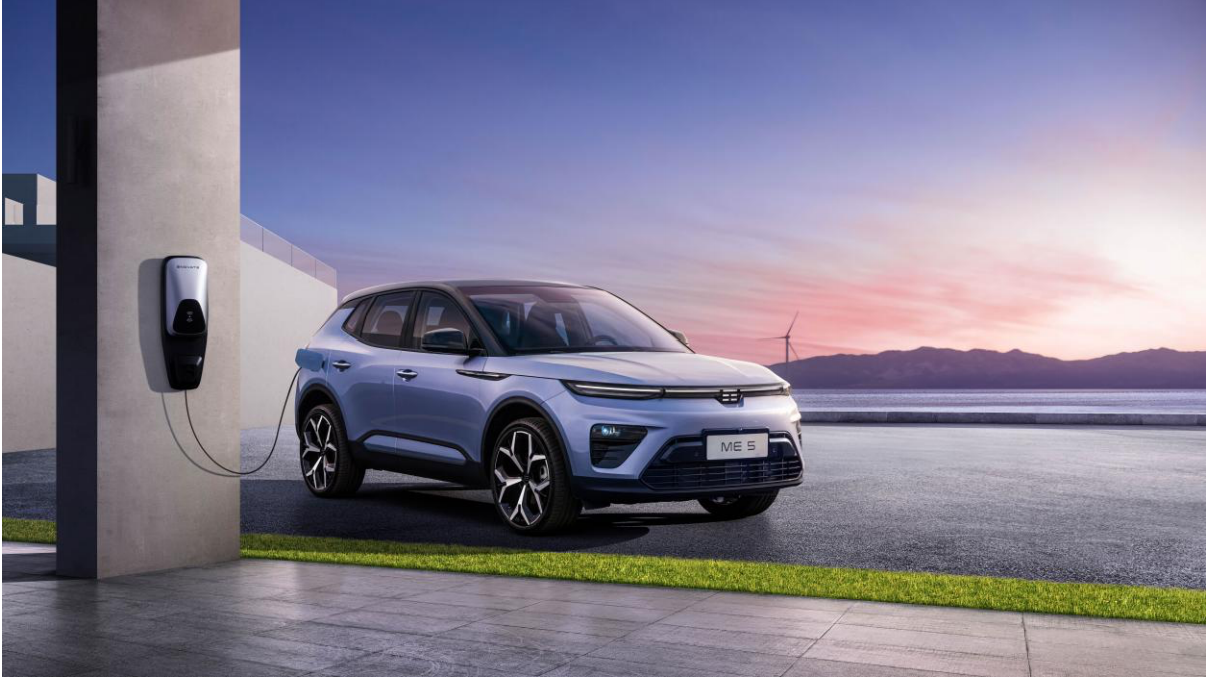Author: Ella
In recent years, China’s electric vehicles have accounted for more than 50% of the world market share. However, range anxiety has always plagued consumers. The development of range-extending systems has greatly alleviated consumers’ range anxiety, but it has also brought new problems, such as efficiency issues.
Traditionally, it is believed that the range-extending system should consume more power than traditional gasoline cars, because it needs to convert from oil to electricity, and then from electricity to kinetic energy, making its conversion link longer than traditional fuel vehicles. But is this really the case?
Why are Range-Extending Hybrid Systems Fuel-Efficient?
The iMES range-extending hybrid system launched by Horizon has adopted the world’s first mass-produced flywheel-rotor integrated range extender, with the core part equipped with the Dongan Power M15KE range extender series products. This product has won several industry awards, including the Second China Power Source Potential Pioneer and the 2020 Heilongjiang Province Science and Technology Achievement Award. Moreover, this award-winning range-extending system product has demonstrated excellent energy consumption, with NEDC fuel consumption of only 4.9L/100km.
Compared with the Audi Q7, which has NEDC fuel consumption of 8.5L/100km, and the BMW X5 with NEDC fuel consumption of 7.9L/100km, the Lexus RX hybrid vehicle, known for its energy-saving and fuel-efficient performance, has NEDC fuel consumption of 6.7L.
What is the reason behind the fact that the Horizon iMES range-extending hybrid system can control fuel consumption to such a low level, and has more significant advantages than traditional fuel hybrid vehicles?
Firstly, this is related to the traffic conditions in China, that is, the driving conditions of our country’s vehicles. According to the National Standard Opinion Draft for Chinese Automobile Driving Conditions, Chinese vehicles mainly operate at low and medium speeds, with speeds below 70km/h accounting for more than 85% of the total mileage, and the proportion of speeds over 80 km/h is very low.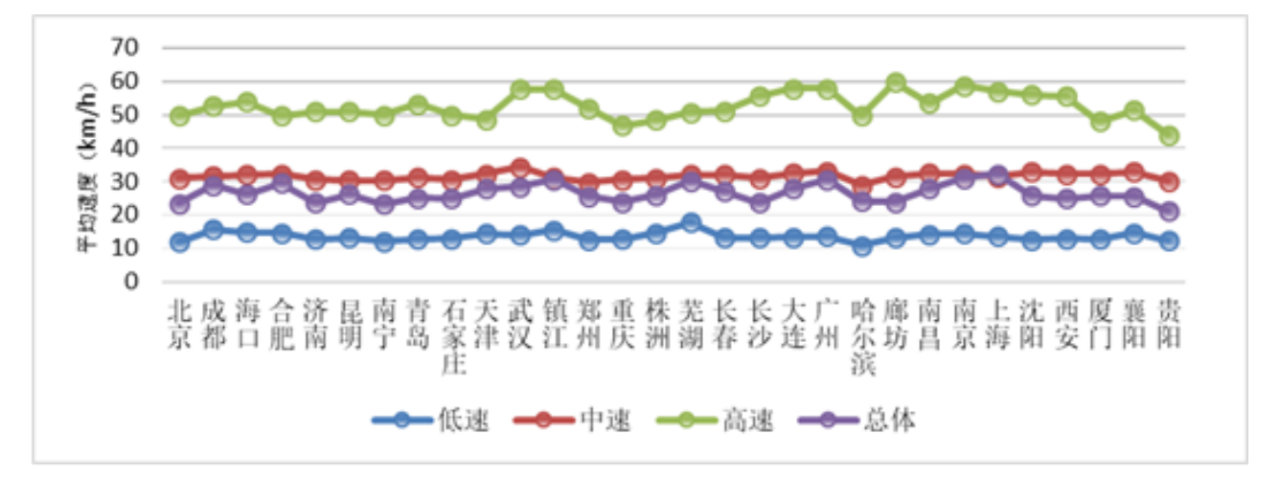
In actual working conditions, when a car is driving at a constant speed of 70km/h, the power needed to overcome resistance is only about 7kw. When a car is driving at a constant speed of 120km/h, the power needed to overcome resistance is approximately 26kw.
Therefore, for Chinese vehicles that mostly operate in the low and medium speed range, the required power is relatively low.

This is a universal characteristic curve of an engine, which is very important as it reflects the overall performance of the engine. It shows various performance situations such as fuel consumption at different torques and speeds.
The multiple gray circle lines in the graph represent the contour lines of fuel consumption rate, with a unit of g/kWh, which represents the fuel consumption required when the engine generates 1kWh of external work, i.e., 1 kilowatt-hour of electricity. The lower the value, the less fuel is consumed, which means more energy-saving. It can be seen that the fuel consumption line is a circle, with lower values in the center and higher values towards the outer edge. In other words, the fuel consumption is lower in the center and higher towards the outer edge.
For the low-speed mode, the power is often low, with most of the vehicle’s power needs below 10kw, corresponding to the yellow area in the lower left corner of the graph, which corresponds to the high fuel consumption rate area on the outer edge. In this region, the engine uses the Otto cycle, which has low thermal efficiency and high fuel consumption. And most of the city vehicles fall into this area, which is why we can see that the fuel consumption of a traditional 1.8-ton car is basically between 8-10L/100km.When running in high-speed mode, when the speed exceeds 100km/h, the total power demand of the vehicle exceeds 20kw, only then the energy consumption of traditional fuel vehicles will move from the yellow area to the center red area, which is the low energy consumption area of the vehicle.
Clearly, according to the “China Cycle” research, the power demand of most Chinese road vehicles is below 10kw most of the time. Therefore, there are few situations where the vehicle operates in the red low energy consumption area, and the situation where it operates in the yellow high fuel consumption area is more common.
In the universal characteristics diagram above, there is also a red dashed line representing the engine’s most economical operating line, which is formed by the lowest energy consumption point of the engine at different powers. When the vehicle runs on this line, gasoline can be burned fully, providing power with the highest utilization rate, making it the most economical and energy-saving line for vehicle operation. However, for traditional fuel vehicles, due to the inability to adjust the load at will, most vehicles cannot operate on the most economical operating line.
For extended-range electric vehicles, the engine speed is decoupled from the vehicle speed, and the engine can work freely at any speed, so it can always run on the most economical line. Even though the extended-range electric vehicles have undergone conversion losses from oil to electricity and then to power, their efficiency is still much higher than that of direct drive vehicles in the working area below 10kw. This is why extended-range electric vehicles can achieve lower energy consumption than fuel vehicles.
On the other hand, for plug-in hybrid models, although the engine can directly drive the vehicle in parallel, the total power demand of the vehicle is very small below 70km/h, usually below 7kw, and at this time, the engine is still working in a very low-efficiency area when driving the vehicle directly, which is the yellow area in the diagram above.
In this state, if you want to move to the red high-efficiency area, you need to use the engine to generate electricity first, and then use the electricity to drive the vehicle. However, for the hybrid or parallel structure, driving the generator by the engine to generate electricity also requires gear transmission, which increases efficiency losses and energy consumption.## Comparison of Common and High-Efficiency Areas for Different Types of Vehicles (Universal Feature Map)

Comparing the common and high-efficiency areas of vehicles, it can be seen that in terms of energy consumption, gasoline vehicles > plug-in hybrid vehicles > extended-range electric vehicles.
On the other hand, electric vehicles often come equipped with power recovery devices, and in start-stop urban driving, the energy saved by this part is also significant. Combining the two, extended-range electric vehicles are more in line with the goal of energy saving and emission reduction, with high energy utilization efficiency and low fuel consumption.
Comparing the comprehensive range of several popular extended-range electric vehicles:

NEDC is the European standard, and CLTC is the Chinese standard. The mileage values actually tested by CLTC are higher than those of NEDC, and can be simply converted to NEDC by a 10% discount.
Power Following System of Skywell iMES Extended-Range System
As an outstanding system in the extended-range system, the Skywell iMES system is particularly worthy of research.
In the Skywell iMES intelligent extended-range system, power management adopts power following, which means using it when generated.
The so-called power following is to adjust the engine power to always remain near the most economical operating line by controlling the engine speed and torque. According to the patent applied by Skywell in 2020, the aim of the invention is to minimize fuel consumption as the optimization goal, make the engine work in the optimal fuel consumption range, while also taking into account the performance of resonance noise and emissions to ensure that the extended-range system works at its optimal point.
The actual execution includes six steps:
- Determine the total vehicle power demand.2) Based on the total power demand of the vehicle and the current power of the range extender, combined with the operating conditions table, the intersection between the optimal fuel consumption zone of the engine and the optimal conversion efficiency zone of the generator is obtained, and the intrinsic resonance frequency points are excluded to obtain the target power of the range extender.
3) Adjust the operating conditions of the range extender from the current power to the target power.
4) Calculate the power correction value based on the target power and actual power.
5) Adjust according to the correction value to obtain the actual operating power.
6) Determine the speed and torque based on the actual operating power, and control the motor to operate at the corresponding speed and torque.
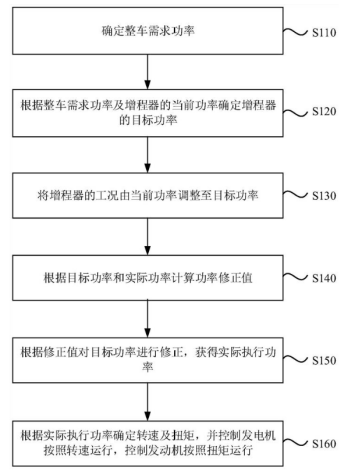
Based on the universal characteristic map in Sky Auto patent, the black circle section indicates the range around the optimal economy line in the universal characteristic map. After combining the generator conversion efficiency curve and excluding the intrinsic resonance frequency, the final working points of the range extender is narrowed down to 5 points, which are P1, P2, P3, P4, and P5.
The range extender will follow and adjust the power around these 5 points to ensure operation within the optimal fuel consumption zone.
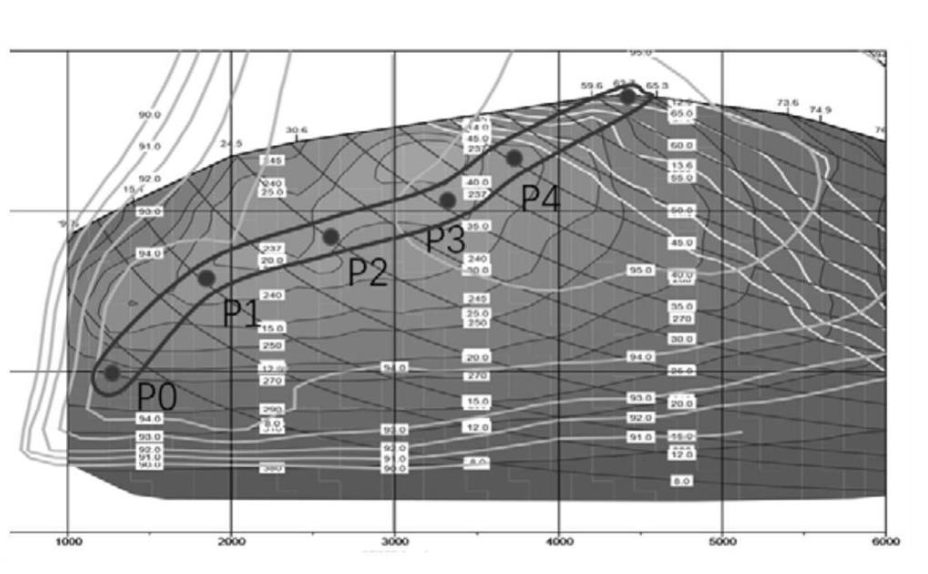
It can be seen that these 5 working points cover a range of engine speeds from 1400 to 4000 and power from 6km/h to 40km/h. As mentioned earlier, the basic power demand of low-speed mode is 7km or less, and the total power demand of the vehicle in high-speed mode of over 100km/h is about 20kw or more. Therefore, this operating condition table can cover various mode states running from low speeds to high speeds.
Skywell ME5
ME5 is the second production model of Skywell, positioned as an A+ new energy SUV. The dimensions of the body are 4580 X 1915 X 1635mm, with a wheelbase of 2750mm. It is equipped with a 2㎡+ panoramic skylight and 21-inch large wheel hub. In terms of intelligence, Skywell ME5 is equipped with L2+ automatic driving assistance, full-automatic parking system, as well as face recognition, intelligent welcome, and full-duplex intelligent voice assistant. Of course, its biggest feature and advantage is the IMES intelligent range-extender system. It is claimed to be the first A+ level SUV range-extended electric vehicle in the same class.
In terms of overall design, Skywell ME5’s exterior design is designed by Porsche’s chief designer, with a sporty shape. The logo and taillights are designed with a through-style design, which is a design language that current car companies like to adopt. In terms of the chassis, ME5 is operated by Prodrive, the world’s largest independent racing and technical service provider, providing first-class driving experience.
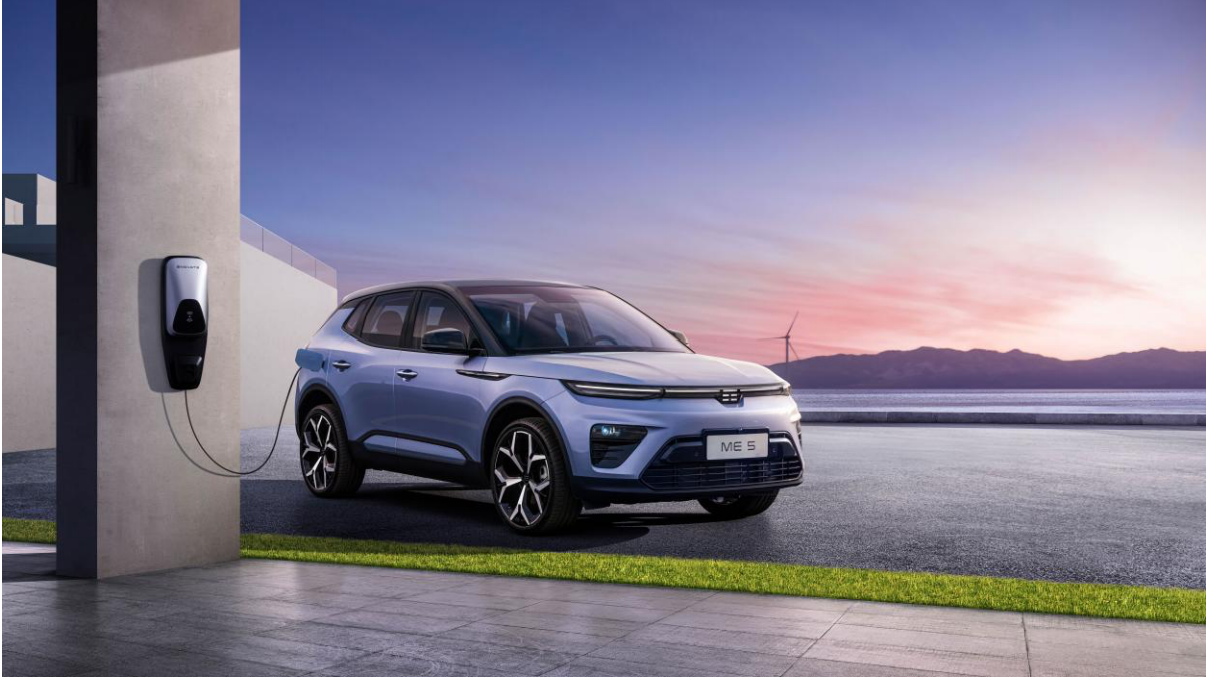 天际 currently has two major factories, one in Changsha, Hunan and the other in Shaoxing, Zhejiang. The production line of the ME5 is located in the Changsha Jingxin Intelligent Manufacturing factory with an annual production capacity of 60,000 new energy passenger vehicles. In addition, Tianqi has established deep cooperation with JD.com to integrate JD.com’s product ecosystem and collaborate on digital marketing, intelligent product customization, and smart travel lifestyle. Currently, there are three models of the ME5 available for purchase: the Jingxuan Haiche Tianqi ME5 1012 with a market guide price of 159,900 yuan, the Jingxuan Haiche Tianqi ME5 1012 PRO with a market guide price of 169,900 yuan, and the newly launched ME5 anniversary limited edition with a market guide price of 138,800 yuan.
天际 currently has two major factories, one in Changsha, Hunan and the other in Shaoxing, Zhejiang. The production line of the ME5 is located in the Changsha Jingxin Intelligent Manufacturing factory with an annual production capacity of 60,000 new energy passenger vehicles. In addition, Tianqi has established deep cooperation with JD.com to integrate JD.com’s product ecosystem and collaborate on digital marketing, intelligent product customization, and smart travel lifestyle. Currently, there are three models of the ME5 available for purchase: the Jingxuan Haiche Tianqi ME5 1012 with a market guide price of 159,900 yuan, the Jingxuan Haiche Tianqi ME5 1012 PRO with a market guide price of 169,900 yuan, and the newly launched ME5 anniversary limited edition with a market guide price of 138,800 yuan.
Let’s Talk About Electric Power
Although range-extended electric vehicles perform well in low and medium speed modes, their performance is poor in high speed domain. In particular, when the vehicle speed exceeds 100 km/h, the total vehicle power demand is greater than 20 kW during high-speed inter-city driving. This is where the advantages of traditional direct drive efficiency come into play, which range-extended electric vehicles cannot match.
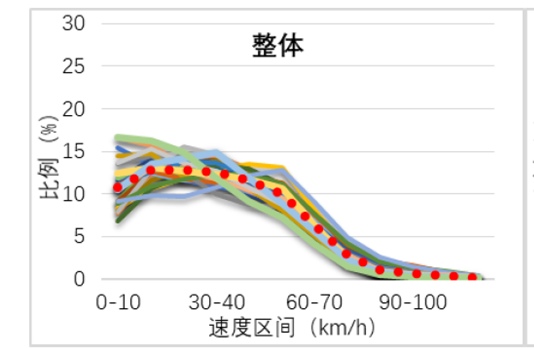
On the other hand, combining the actual use conditions and environment in China, low and medium speeds account for more than 85%. According to statistics from nearly 32.78 million kilometers of real vehicle speed information collected from 41 representative cities throughout China during the CLTC formulation process, the proportion of total mileage at speeds below 70 km/h is greater than 85%. This means that for these mileage conditions, using a range-extended engine to generate electricity from fuel is the most efficient power mode.
In other words, range-extended vehicles represent a compromise, sacrificing fuel efficiency in high-speed conditions in exchange for overall power advantages in low and medium-speed conditions. This compromise is a balance.
Many people are unaware that many extended-range electric vehicle (EREV) owners drive purely on electric power in their daily lives, only using gasoline for occasional long-distance trips. Therefore, EREVs essentially play the role of “electric vehicles”. Although their pure electric range is typically around 200 kilometers, this is more than sufficient for daily use. The Wuling MINI, which sells tens of thousands of vehicles per month, has a similar range to this. Of course, longer range is always better, which is why some newly launched EREVs are further increasing their pure electric range, even up to 300 kilometers (such as the NIO ES6).
This article is a translation by ChatGPT of a Chinese report from 42HOW. If you have any questions about it, please email bd@42how.com.
